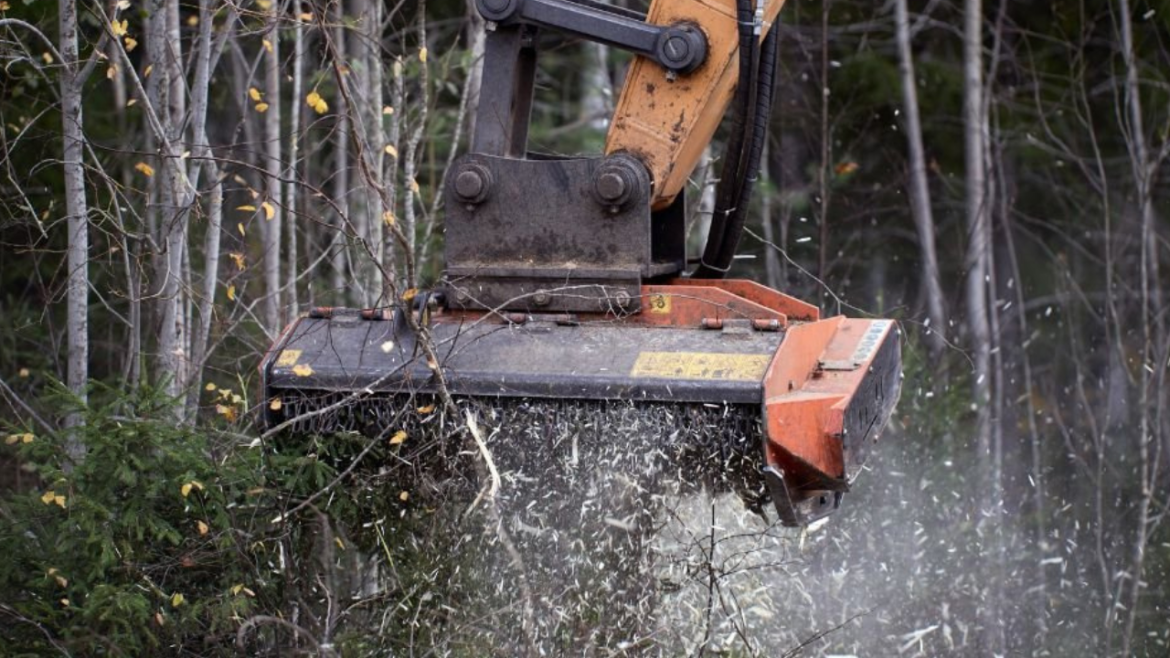The forestry industry widely accepts mulching operations as an effective method for clearing vegetation and forest maintenance. Specialized forestry equipment consisting of mulchers and flail mowers transforms vegetation into mulch material through the forestry practice. The technique provides different environmental advantages that establish it as an environmentally friendly alternative to traditional land-clearing practices. This article investigates the main environmental advantages that forestry mulcher teeth deliver to the environment.
Promoting Biodiversity
The non-invasive methods of forestry mulching protect the natural wildlife habitats that remain on cleared land. The land management outcomes from mulching surpass those of burning and clear-cutting because it inflicts minimal damage to surrounding habitats. The discarded vegetation creates habitats for various species because it provides shelter and nourishment to them. Mulching keeps the understory vegetation intact because this method safeguards habitats for small animals, insects, and birds.
Enhancing Soil Health
Soil protection and quality enhancement are the main two benefits to the ground. As mulch decomposes, it provides vital organic components to the ground. These components add nutrients to the soil and support beneficial microbial communities. Plants and trees thrive in healthy environmental soil conditions when nutrients remain abundant. The mulch layer is a moisture reservoir that helps dry areas and water conservation zones.
Reduction of Soil Erosion
The practice of forestry mulching proves successful in reducing soil erosion because it protects the environment. Soil becomes defenseless after conventional equipment like bulldozers and chainsaws is used for land-clearing operations. Heavy rainfall events combined with steep tracts result in major soil losses because forestry mulching does not provide any protective measures. Soil protection occurs through mulching because the practice creates a protective layer that covers the ground surface. Soil receives protection from water and wind erosion through mulching because the shielding layer stops erosion while enhancing soil quality through the decomposition of organic materials.
Advantages
The practice of forestry mulching both defends habitats and stops invasive species’ advancement by safeguarding natural vegetation. The simple management of invasive plants is possible through mulching since this method effectively prevents their spread without using toxic chemicals.
Carbon Sequestration
Through mulching, landowners can capture and store carbon, which functions as a climate change reduction method. Soil organic matter stores the carbon content from trees and plants after mulching operations. The carbon dioxide emissions from land clearing activities stay at lower levels when mulching replaces traditional burning and conventional logging methods. Mulching functions as an environmentally sound method that reduces atmospheric greenhouse gas levels.
Preventing Wildfires
Forestry mulching operates as a fundamental technique for reducing wildfire hazards. The combination of dry vegetation clearance and overgrown growth removal through mulching functions as a wildfire protection method by reducing wildfire fuel sources, specifically in fire-prone regions. The decomposition of mulched materials over time results in further reductions in fire hazards. Forestry mulching operates as an essential wildfire prevention tool for locations that frequently face fire threats.
Conclusion
Forestry mulching stands out as a land-clearing solution because it unites operational effectiveness with environmental preservation. Mulched land produces several environmental benefits since it keeps soil structure intact yet supports biodiversity and protects against climate change with its protective nature. Landowners can boost their management practices through mulching equipment to protect environmental health over extended periods. The friendly environmental method safeguards ecosystems together with natural resources for future generations.
